There’s a tea mall in Maliandao called “Chayuan”. “Cha”, you all know, is tea. The word “yuan” ç·£ in this case can mean “predestined affinity”, or something like that, anyway. Chayuan, when combined, can mean something like “some natural affinity through tea”, either between two people, or between a tea and a person.
I suppose I had some of that today, when I went walking around the Chungking North Rd. area again where the old teashops of Taipei are located. There aren’t that many of them nowadays, and one or two that I went by looked downright imposing…. even worse than the “Grand Old Store“. They were so imposing, I didn’t go in at all.
Then I found this place that’s across the park from Youji. It still looked like a Grand Old Store — old decor, lots of big (I can comfortably sit in one) canisters for tea, all lined up along the store and two women sitting there watching TV. No customers. I walked in, and asked if they have “laocha”, old tea. This is parlance for old Taiwanese tea, usually, when one’s in Taiwan. Surprisingly, she took out some puerh — cooked, loose puerh at that. “No no no, old Taiwanese tea”, I said. “Ok, we have some”. She popped open on of those big cans, inside of which is a big plastic bag, and there it was… kilos of what look and smell like aged baozhong. It was then the owner of the store, a man in his 60s, came out. Wanna try some?
Sure…
The tea itself wasn’t very good. It’s a bit too sour — sour enough to make it unpleasant. The conversation, however, was going well. I think the owner liked the fact that I know a few things about tea, and that I am a young person seeking old Taiwan teas. These days, he laments, young people don’t know these things anymore. They just drink the new stuff, and all those new stores that are popping up — those owners know nothing about tea. You can’t drink that green stuff too much. It’s too stimulating, and is bad for you. This is what we drank in the old days, etc etc
Not surprisingly, he then brought out some better aged baozhong… they look better, and tasted far better. It’s a little sour in the opening, but it’s only a touch sour and is entirely acceptable. There’s an aged taste to the tea, although not a lot of the fruity sweetness, but the qi is strong and obvious — I was sweating profusely, and today was hardly hot. This rarely happens with me, so I know I’ve got a winner here.
So I got some of this, and then, the guy was like “want to try some of our gaoshan oolong?”. I think he likes educating a young man in tea. I’m a happy and relatively knowledgable audience, so he was having a good time talking and brewing. He took the stuff out — looks like good gaoshan oolong. Roasted about 8 hours, he said. You can’t really tell by the way it looks when dried, or wet. The stuff is still pretty good.
You can, however, tell by the taste. There’s very little of the grassy notes in this tea, which I loathe in a green Taiwan oolong. Rather, it’s fruity, smooth, with a nice hint of sweetness and also some floral notes. The difference between something like this and some of the unroasted stuff is quite obvious. It doesn’t have that nasty, green, and metallic edge to it that I really dislike in green Taiwanese stuff (and which generally makes me feel unwell after too much drinking). This tea was good… not awesome, mind you, but good, and I don’t say that very much about green Taiwanese oolong.
The best part was the conversation though. He was telling me a variety of things, some of which I knew, others I’ve heard for the first time. It’s always interesting to hear a man who’s spent his life in the tea business (since 13, he said) tell you his take on things. As I’ve said before, these are the real tea masters who really know their stuff.
So I got some of both, left…. picked up a gift along the way, and ended up at the place that sold me that $10 pot again. I couldn’t resist going back there to see if there’s one or two more pots to pick up that are cheap enough. I ended up choosing two…. he sold them to me for even less than 350 per pot. Amazing, eh?
So here they are. The first one is not bad, I think, the second a little more iffy (the nub on the lid, as you can see, is not well done). The clay on that thing though feels awfully silky and soft. You almost feel like you can push it in and turn it back into a ball of clay. Heck, it’s not even $10. All in all, a pretty productive tea shopping day.
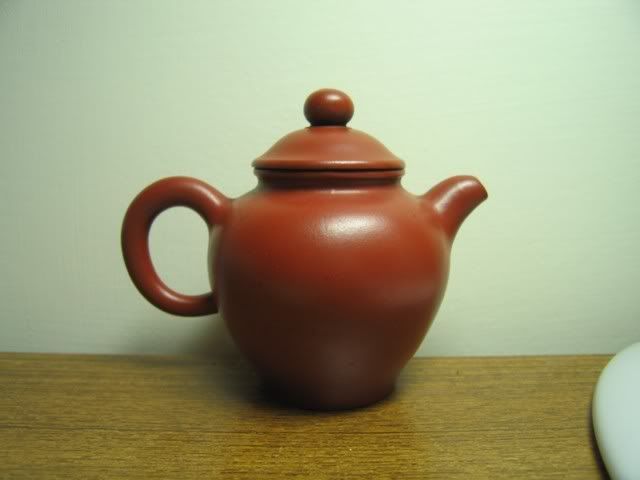


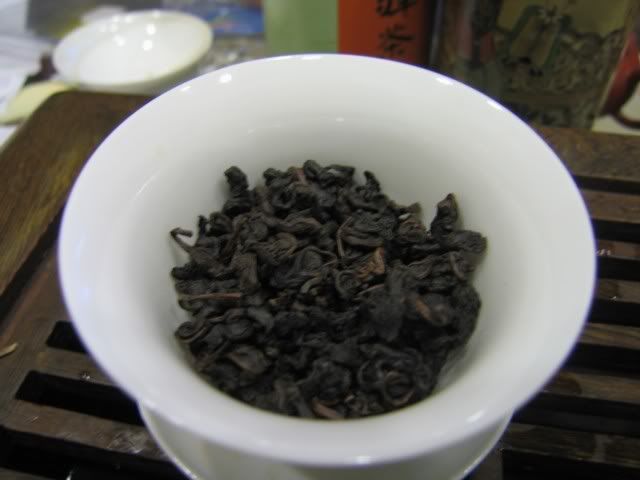



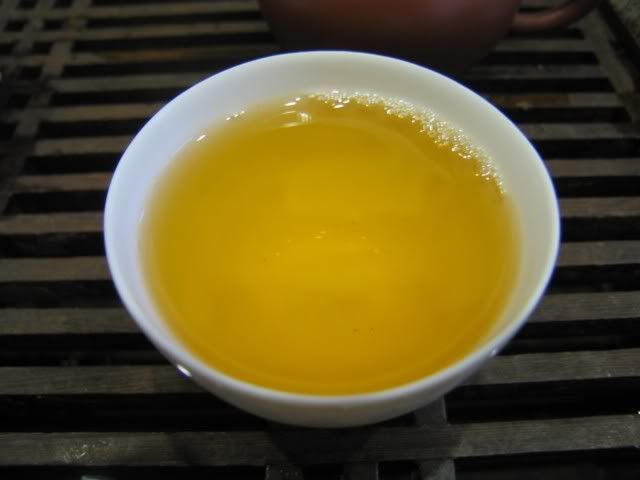




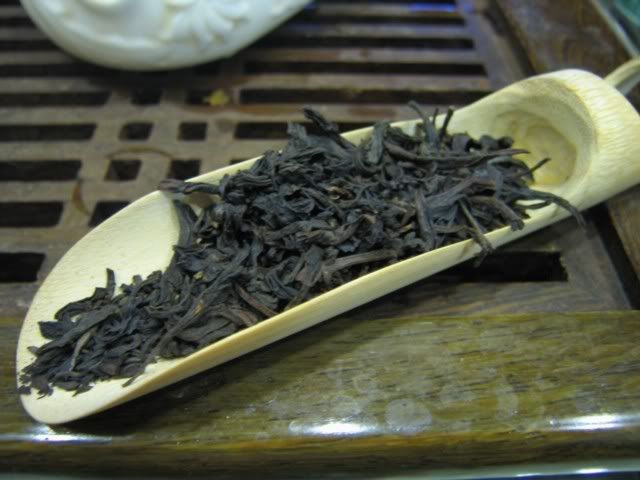
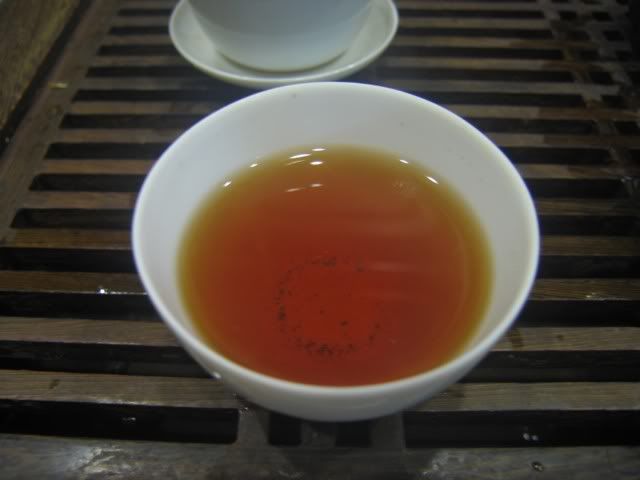

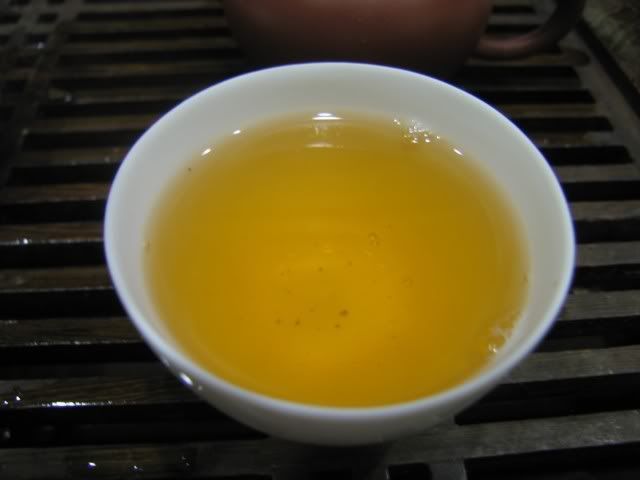


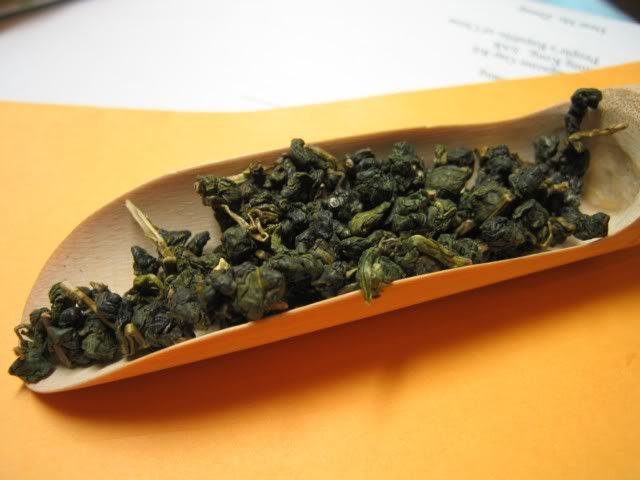
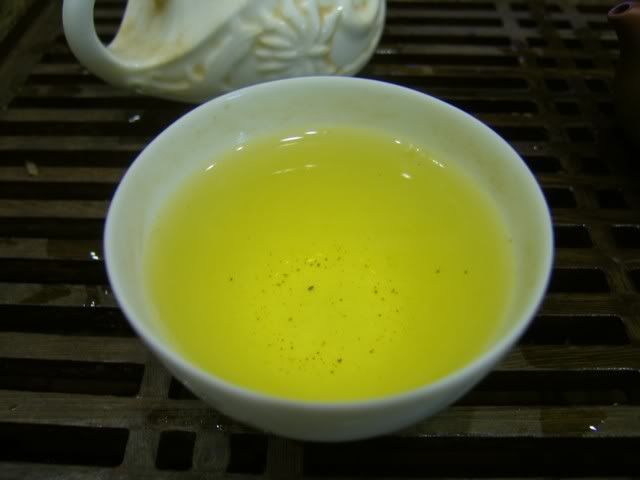
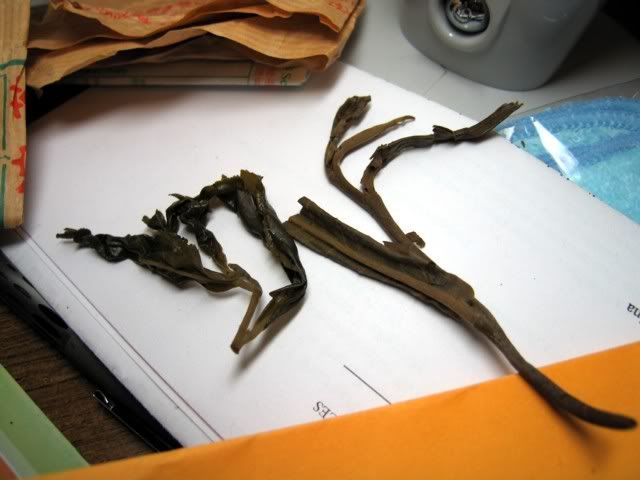


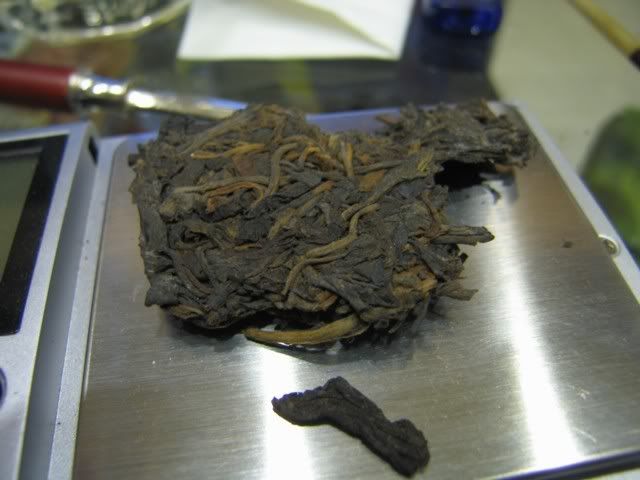

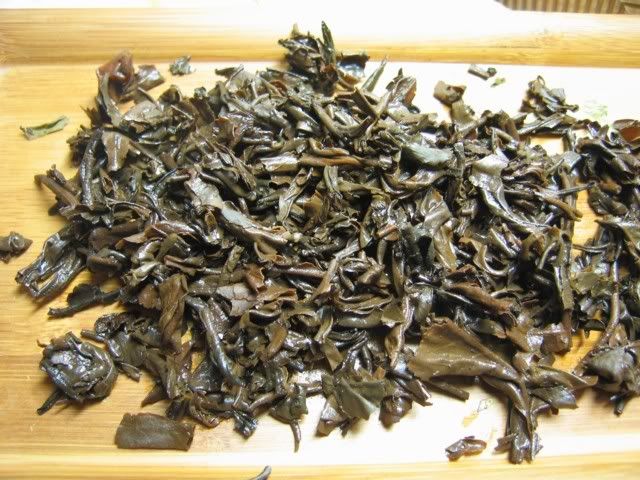
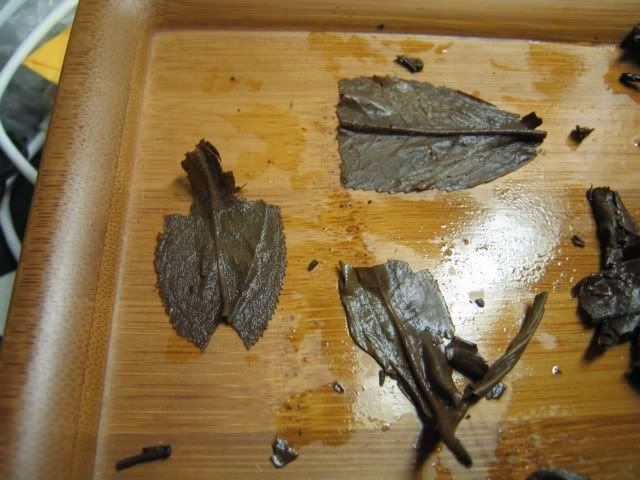

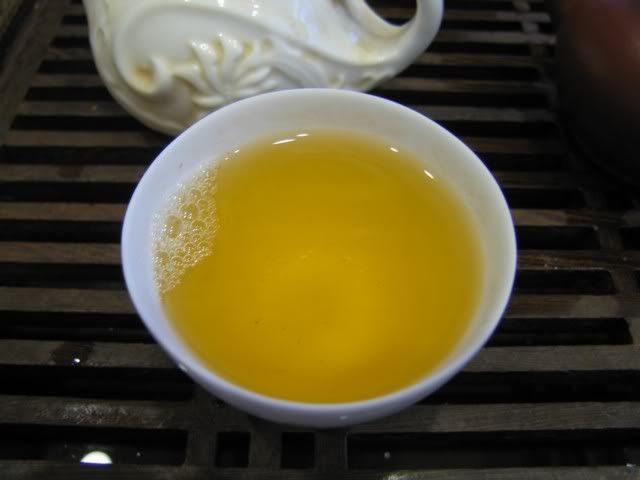


 RSS - Posts
RSS - Posts
I took you at your suggestion and have been reading some of your old post-Covid posts. I haven’t been to…